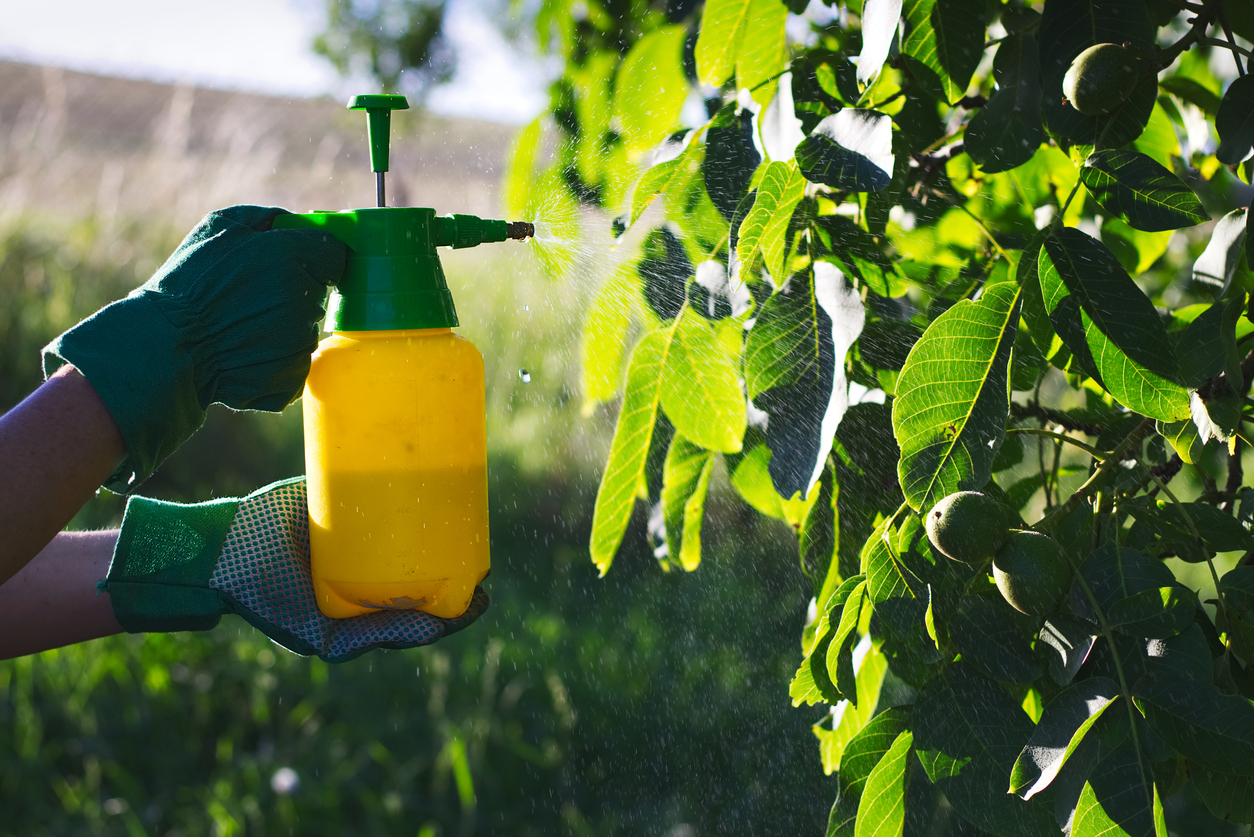Q. Is it true that pesticides are responsible for people getting Parkinson's disease?
Although genetics is very important in Parkinson's disease (PD), environmental exposures also increase a person's risk of developing the disease. Scientists have known for some time that farm workers who used pesticides, or people who lived or worked near fields where they could inhale drifting pesticides, have an increased risk of PD.
PD was first described in 1817 by Dr. James Parkinson, a British physician. It affects 1 in 100 people over the age of 60. It can also affect younger people. The average age of onset is 60. Research suggests that PD affects at least 500,000 people in the United States.
PD is a complex disorder of the central nervous system. It is the second most common neurodegenerative disease in the United States, after Alzheimer's.
The defining symptoms of PD include tremor, slowness of movement, rigidity, and impaired balance and coordination. As these symptoms become more pronounced, patients may have difficulty walking, talking, or completing simple tasks. They also may experience depression, difficulty sleeping and other problems.
The progression of symptoms in PD may take 20 years or more. In some people, however, the disease progresses much more quickly.
In the early 1960s, scientists determined that the loss of brain cells was causing PD. The cells that were depleted produced dopamine, a chemical that helps control muscle activity. Today, PD is treated with drugs and surgery.
Medications for PD fall into three categories. The first includes drugs that increase the level of dopamine in the brain. The second category affects neurotransmitters in the body to ease some of the symptoms of the disease. The third category includes medications that help control the non-motor symptoms of the disease such as depression.
There are three commonly used surgical treatments for PD: pallidotomy, thalamotomy and deep brain stimulation. Because these procedures are invasive, they are usually reserved for severely afflicted Parkinson's patients who do not get adequate relief from medications.
Surgeons discovered that, by removing or destroying parts of the brain that were “misfiring,” some of the symptoms of PD could be alleviated. Pallidotomy and thalamotomy are two operations that do this.
Scientists have found that they can mimic the effects of pallidotomy by deep brain stimulation (DBS). With DBS, an electrode is implanted in the brain in a way that calms the abnormal neuronal firing.
A wide variety of complementary and supportive therapies may be used for PD. Among these therapies are standard rehabilitation techniques, which can help with problems such as gait and voice disorders, tremors and rigidity, and cognitive decline. Exercise may help people improve their mobility.
While Parkinson's is a complex disease, research has progressed a great deal in recent years. Halting the progression of PD, restoring lost function, and even preventing the disease are now considered realistic goals.









